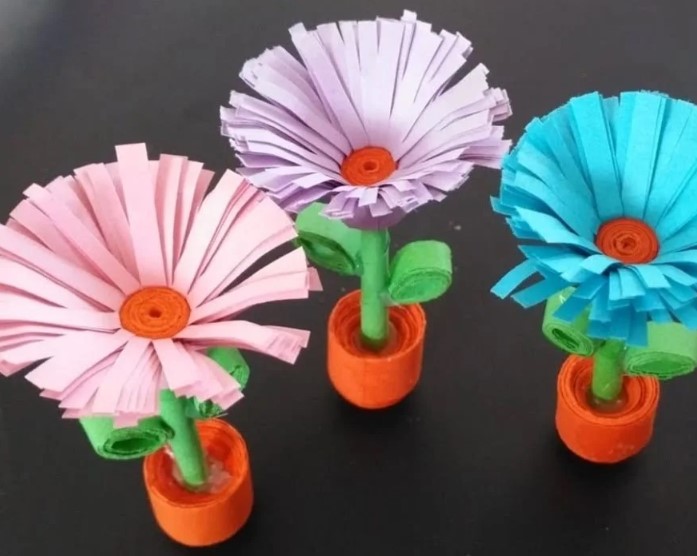Proper Care and Maintenance of Fixed Blade Knives
The Fixed blade knives are prized for their strength and reliability, but like any tool, they require proper care to maintain performance and longevity. Whether you own a rugged survival knife, a hunting blade, or a tactical tool, regular maintenance prevents rust, keeps the edge sharp, and ensures safe handling.
Choosing Between Fixed and Pocket Knives
“For those deciding between blade types, consider that fixed blades excel in survival situations while pocket knives offer superior portability for daily tasks. Our complete guide to pocket knives covers selection criteria and maintenance specifics
1. Cleaning Your Fixed Blade Knife
Dirt, moisture, and debris can damage both the blade and handle over time. Proper cleaning after each use is crucial.
Basic Cleaning Steps
- Wipe the Blade: Use a damp cloth to remove dirt, blood, or sap. For stubborn residue, mild soap and warm water work well.
- Dry Thoroughly: Moisture leads to rust, so always dry the knife completely with a clean towel.
- Clean the Handle: Depending on the material (wood, micarta, rubber), use appropriate cleaners. Avoid harsh chemicals that may degrade the handle.
- Lubricate the Blade (if stored): A light coat of mineral oil or knife-specific lubricant prevents corrosion.
Deep Cleaning (for Heavy Use or Corrosion)
- Remove Rust: Use fine steel wool or a rust eraser for light surface rust. For severe rust, a paste of baking soda and water or a commercial rust remover can help.
- Disinfect (if used for food or hunting): A diluted bleach solution or isopropyl alcohol kills bacteria. Rinse thoroughly afterward.
2. Sharpening Your Fixed Blade Knife
A sharp knife is safer and more effective than a dull one. Regular sharpening maintains the blade’s edge.
Choosing a Sharpening Method
- Whetstones (Best for Precision): Ideal for restoring a razor-sharp edge. Use coarse grit for damage repair and fine grit for polishing.
- Sharpening Rods (Quick Maintenance): Good for honing between full sharpenings.
- Guided Sharpeners (Easiest for Beginners): Systems like the Lansky or Work Sharp ensure consistent angles.
- Belt Sharpeners (For Professionals): Fast but risky—can overheat and damage the blade if misused.
Sharpening Steps
- Set the Correct Angle (typically 15°–25° depending on the knife’s purpose).
- Start with Coarse Grit to reshape the edge if needed.
- Progress to Finer Grits for a polished, sharp edge.
- Strop the Blade (optional) for a mirror finish using leather and polishing compound.
Tip: Test sharpness by slicing paper or shaving arm hair (carefully!).
3. Proper Storage to Prevent Damage
How you store your knife affects its lifespan. Avoid tossing it in a drawer or leaving it wet.
Best Storage Practices
- Use a Sheath: A quality leather or Kydex sheath protects the blade and prevents accidental cuts.
- Avoid Humidity: Store in a dry place; silica gel packs in storage cases help absorb moisture.
- Vertical or Horizontal? Hanging knives on a magnetic strip keeps them accessible, while a padded case is best for travel.
- Long-Term Storage: Apply a light oil coating and check periodically for rust.
4. Handle Maintenance (Wood, Micarta, G-10, Rubber)
Different handle materials need specific care:
- Wood Handles: Treat with linseed or tung oil to prevent drying and cracking.
- Micarta/G-10: Clean with soapy water; avoid prolonged UV exposure to prevent fading.
- Rubber/TPE: Wipe down with a damp cloth; avoid solvents that may degrade the material.
5. Avoiding Common Mistakes
- Don’t Put It in the Dishwasher: High heat and detergents damage blades and handles.
- Don’t Pry or Hammer with the Knife: Fixed blades are strong but can chip or snap under misuse.
- Don’t Neglect the Edge: A dull knife requires more force, increasing the risk of accidents.
6. When to Seek Professional Help
- If the blade has deep chips or cracks.
- If the handle becomes loose or damaged.
- If rust has deeply pitted the steel (professional regrinding may be needed).
Conclusion
A well-maintained fixed blade knife can last a lifetime. Regular cleaning, proper sharpening, and careful storage will keep your knife in top condition, whether you’re using it for survival, hunting, or everyday tasks. Invest time in maintenance, and your knife will remain a reliable tool for years to come.

